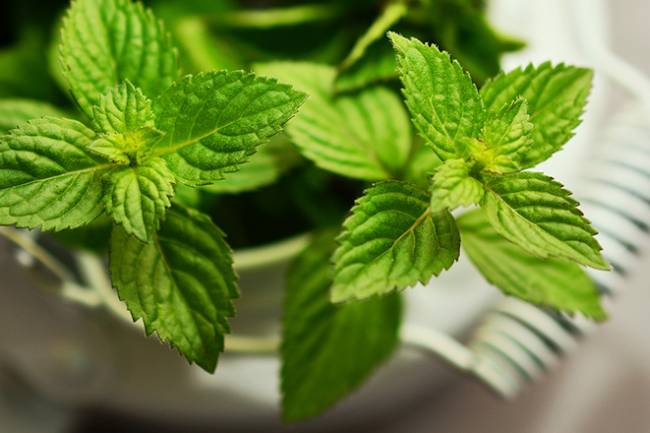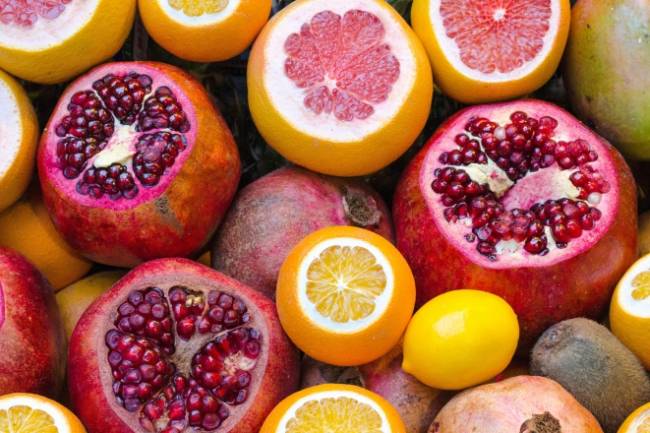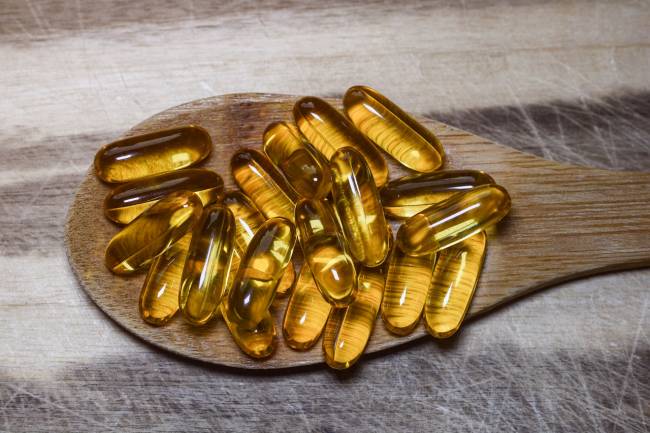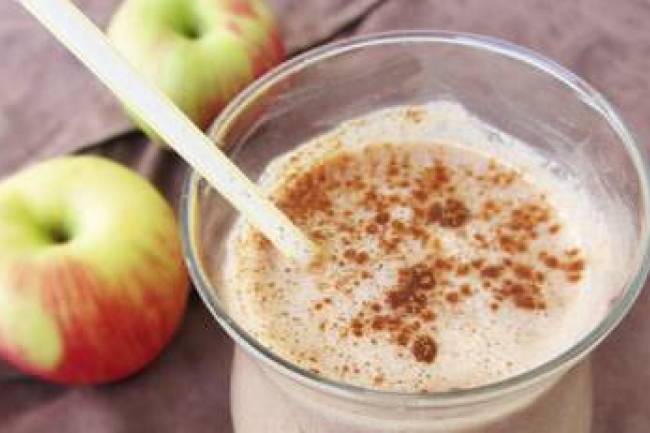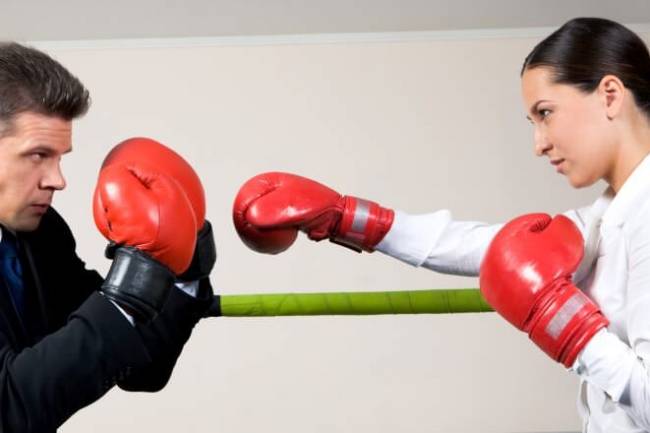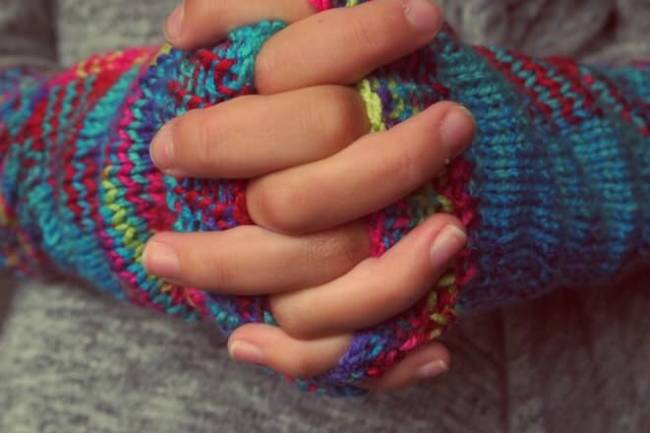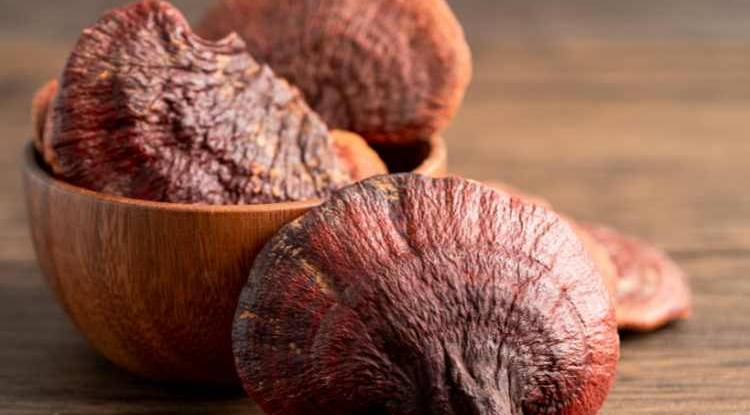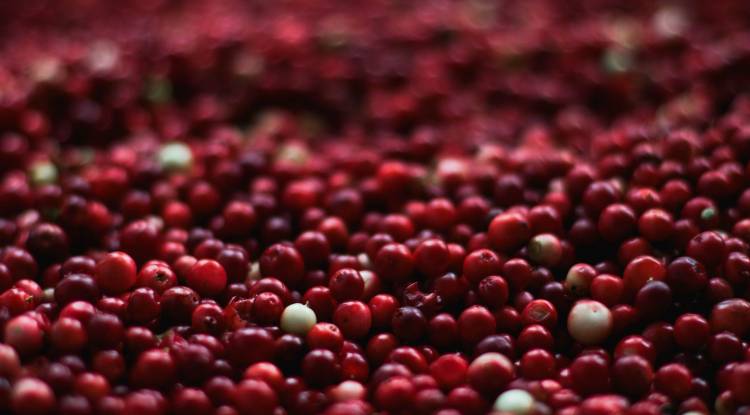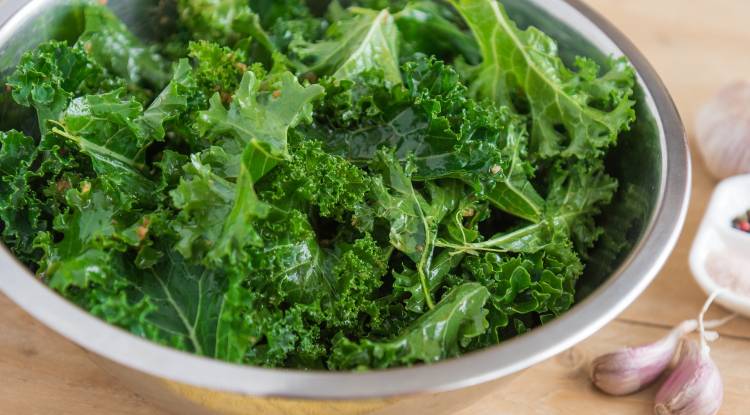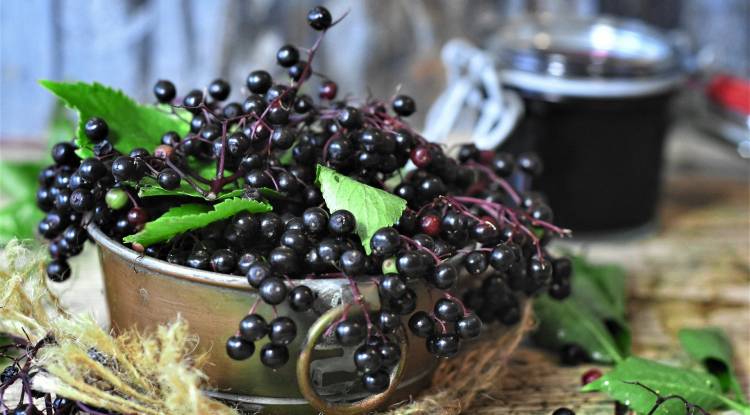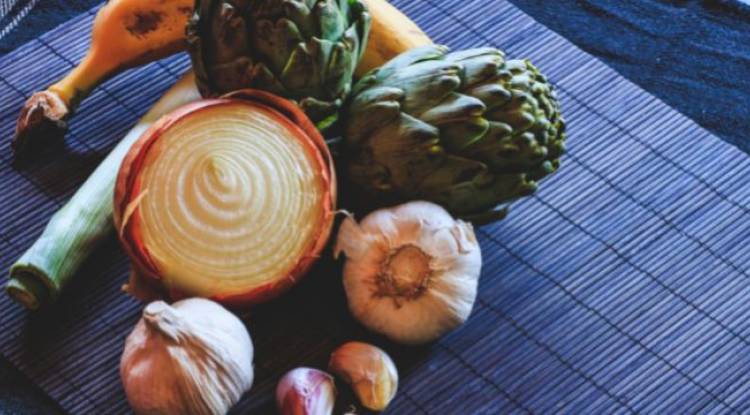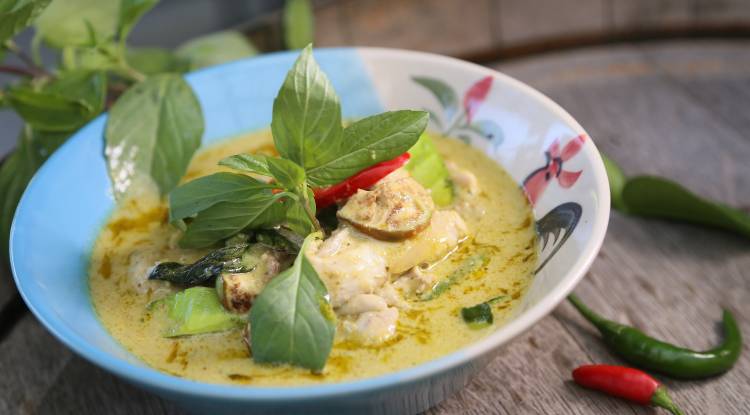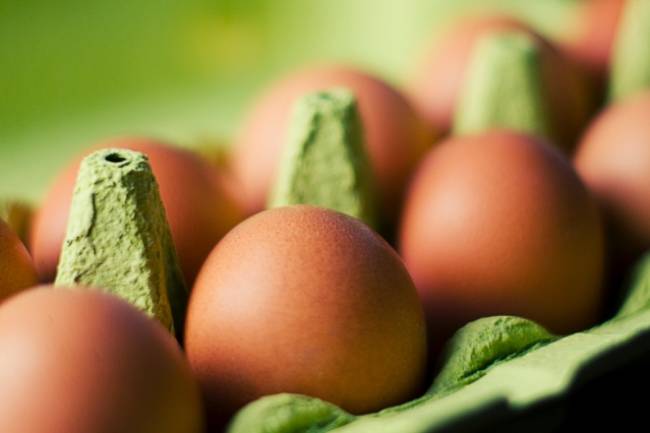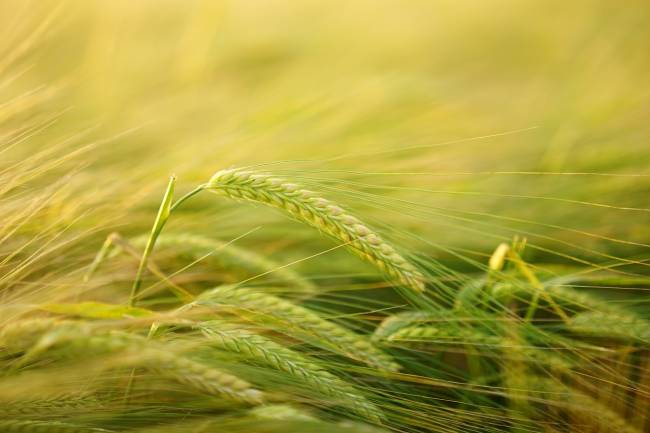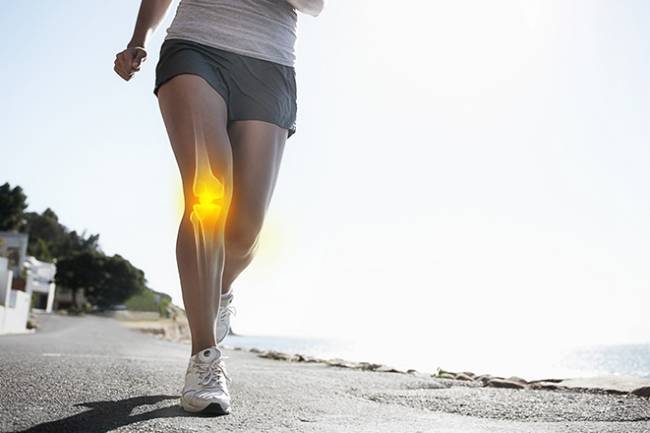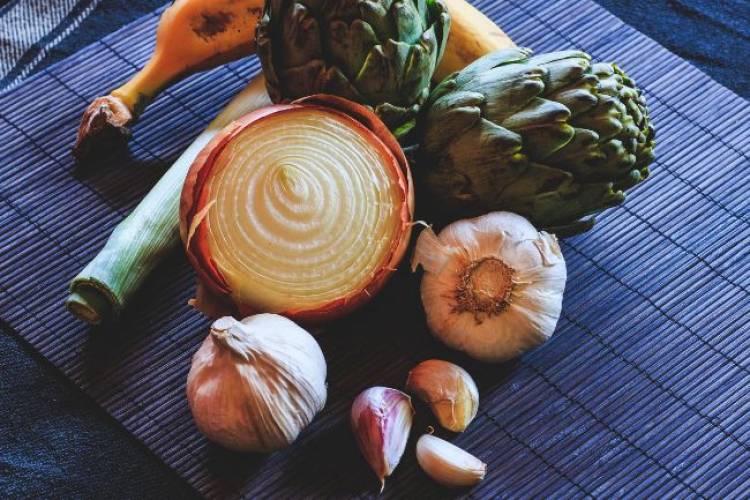Health Benefits of Iron
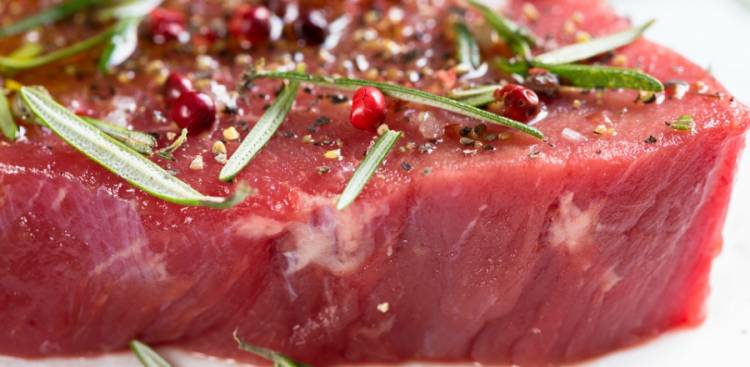
Although vitamins and minerals are classed as ‘micronutrients’ because of their relatively small presence in the diet, this does not detract from their importance. Of the trace minerals, iron is perhaps the best known and has been subject to hundreds of different research studies. Due to this, we have a very good understanding of the numerous roles that iron plays in good health. Let’s explore in depth what these are…
What Does Iron Do?
Iron is an essential mineral that is involved in many different bodily processes, but it’s most important role is in the production of red blood cells. Iron is an essential component of the haemoglobin that transports oxygen around the body, and myoglobin which stores oxygen in muscles and tissues. Over 80% of the iron in the body can be found in haemoglobin and myoglobin.
The Health Benefits of Iron
Iron has a number of roles in the body, with the vast majority of these benefits stemming from its integral role in haemoglobin formation.
Oxygen Transport
When consumed, iron is absorbed through the small intestine and transported to the bone marrow where blood cells are produced. In the bone marrow, iron is combined with proteins to produce haemoglobin.
Without iron present, the body cannot produce haemoglobin, which results in the production of abnormally small blood cells. These in turn struggle to carry sufficient oxygen to the tissues and organs of the body. Therefore, obtaining enough iron though the diet is crucial.
Scientists often describe haemoglobin as a ‘sticky’ protein, and one which oxygen can easily bind to. Once haemoglobin picks up oxygen during pulmonary circulation, it returns back to the heart where it is subsequently pumped around the body, providing all of the cells with this life-giving molecule.
Cognitive Function
As you can imagine, the brain uses a relatively high percentage of the oxygen in our body to fuel brain function. An adequate store of iron (and therefore haemoglobin) ensures that enough oxygen is available to support thought processes, attention levels, learning, memory and movement just to name a few examples.
Interestingly, recent research has shown that a link exists between low iron levels and depressive symptoms. This makes sense, as less oxygen reaching the brain is certainly likely to have a negative effect.
Energy Levels
Metabolism is the process of turning the food we consume into adenosine triphosphate (ATP) – the body’s unit of energy. This requires many different enzymes and of course, oxygen.
As iron is required for the production of certain enzymes involved in metabolism and obviously the delivery of oxygen, it should come as no surprise that iron is a key player in metabolism. Because of this, the classic sign of an iron deficiency is persistent tiredness and fatigue.
Immune Function
The immune system is comprised of many different cells, organs, proteins and tissues that work together to defend our body from pathogens. Research has shown that low levels of iron cause a decrease in numerous components of a healthy immune.
For this reason, the European Food Safety Authority (EFSA) has concluded that ‘iron contributes to the normal functioning of the immune system’.
Healthy Pregnancy and Child Development
Low levels of iron during pregnancy are associated with premature delivery, low birth weight and infant mortality.
Iron is also an important nutrient for child development during the early years. Children with anaemia or those who were born with low iron stores have been shown to have a lower arithmetic and writing ability as well as impaired recall memory and motor skills.
At the current time, there is conflicting evidence as to whether rectifying the iron deficiency returns cognitive ability to a normal level, or whether these deficits remain. Future research will hopefully clear this up, but the importance of a healthy iron intake during pregnancy and childhood cannot be overstated.
Side Effects of an Iron Deficiency
We have already alluded to a few of the classic symptoms of an iron deficiency, but we thought it would be worthwhile to compile a list to show them in their entirety:
- Constant tiredness and fatigue
- Rapid or irregular heartbeats
- Growth problems
- Increased susceptibility to infections
- Pale skin
- Shortness of breath
- Dizziness or light-headedness
- Weak and brittle nails.
How Much Iron Do We Need?
To prevent against a deficiency it is important to have an iron intake that is suitable for our needs. Although the European Nutrient Reference Value (NRV) is always a good starting point, it fails to take into account differences within the population.
As we will now see, there is quite a lot of variance depending on gender and stage of life. Of note, women of childbearing age need higher intakes due to loss of iron during menstruation.
The current Reference Nutrient Intake (RNI) for iron is:
Adults:
- Women 19-50 years 14.8mg per day
- Men 19-50 years 8.7mg per day
- Adults 50+ 8.7mg per day
Adolescents:
- Girls 11–18 years 14.8mg
- Boys 11–18 years 11.3mg
Infants and children:
- 0–3 months 1.7mg
- 4–6 months 4.3mg
- 7–12 months 7.8mg
- 1–3 years 6.9mg
- 4–6 years 6.1mg
- 7–10 years 8.7mg
For reference, the European NRV is 14mg per day.
There is also evidence to show that those who give blood (half a litre per year) require an extra 0.6-0.7mg of iron per day. Similarly, those who exercise regularly at a high intensity may require up to an additional 70% over the recommended daily amount.
Good Sources of Iron
There are two types of iron in foods – haem and non-haem. Haem iron, which is found in meat, fish and seafood, is much easier for the body to absorb. In fact, it is thought that haem iron is 2 to 6 times more bioavailable than non-haem iron, the type found in vegetables, legumes and grains. Because of this, vegetarians and vegans are at a much greater risk of an iron deficiency – something we will touch on more in the next section.
Here are the best sources of iron, both haem and non-haem:
Haem Foods
- Liver
- Red meat
- Poultry
- Fish
- Seafood
Non-Haem Foods
- Green leafy vegetables such as kale and spinach
- Dried fruit, particularly apricots
- Legumes
- Nuts, particularly cashew nuts
- Eggs
- Whole grains
As iron is the most common deficiency in the UK, it is actually mandatory for certain foods to be fortified with iron, including white and brown wheat flour, and breast milk substitutes. Cereals are often fortified on a voluntary basis.
Increasing your intake of vitamin C-rich foods can help to improve iron absorption from the diet. Vitamin C helps to release more iron from non-haem sources, which means more is available for the body to absorb. The best food sources of vitamin C are bell peppers, citrus fruits and green vegetables.
Who Is at Risk of an Iron Deficiency?
The latest National Diet and Nutrition Survey made for some interesting reading, as it showed that a significant proportion of the population had an iron insufficiency. Specifically, 46% of adolescent females and 23% of women between the ages of 19-64 had an iron intake below the lower recommended threshold.
As we mentioned earlier, premenopausal women are at the greatest risk of a deficiency as they lose iron stores due to the menstrual cycle. So for this population, there should be a focus on consuming iron-rich foods (especially haem iron) as this could make a big difference to health and well-being.
As non-haem iron has a much lower bioavailability than haem iron, it should come as no surprise that vegetarians and vegans are also at a much higher risk of an iron deficiency. This means that to positively influence iron stores, someone eating a plant-based diet would have to eat significantly more iron than a meat eater.
Many vegetarians and vegans have to supplement their diet with iron to protect against a deficiency. Calcium, zinc and certain B vitamins (especially B12) are other nutrients which can also be low in a plant-based diet.
Interestingly, it has been well documented that natural compounds within tea and coffee massively inhibit the absorption of non-haem iron. So those of us who drink multiple cups per day are likely to have lower iron stores.
Similarly, iron, zinc and calcium all compete for absorption in the body, so ideally, food sources of these minerals would be consumed at different times. However this is not always possible or practical.
Finally, as we have already mentioned, those who give blood regularly or exercise intensely would be wise to include more iron-rich foods in their diet.
Summary
To conclude, iron is an essential mineral that has some pretty important roles within our bodies. Unfortunately though, many of us do not consume enough, and this is having a negative effect on our health. Hopefully this article has helped to improve the knowledge around iron so we can improve this element of our diet.
To wrap this up, we thought best to summarise the key points that have been discussed:
- Iron is a trace mineral that’s main role in the body is the synthesis of haemoglobin – the protein which transports oxygen around the body.
- Iron also has important roles in energy production, the immune system, cognition, pregnancy, and child development.
- Low iron levels lead to anaemia, and the classic symptoms of this are constant tiredness and fatigue, pale skin, difficulty concentrating and an impaired immune response.
- Iron is categorised into haem (meat sources) and non-haem (plant sources). Haem iron is much better absorbed and is therefore the preferred source for the body.
- Non-haem iron is better absorbed when taken alongside a source of vitamin C. However, compounds within tea and coffee can decrease iron absorption.
- Iron requirements differ due to age and gender. Pre-menopausal women require the most due to menstrual blood loss. Unsurprisingly, women are much more likely to be deficient than men.
- Pregnant women, vegetarians, vegans, those who give blood and those who exercise intensely are also more likely to be deficient in iron and therefore in these populations, a high quality iron supplement may be a good choice.
Shop Iron Supplements
Sources:
https://www.ncbi.nlm.nih.gov/pubmed/28189077
https://www.ncbi.nlm.nih.gov/books/NBK222309/
https://efsa.onlinelibrary.wiley.com/doi/epdf/10.2903/j.efsa.2009.1215
https://www.nutrition.org.uk/nutritionscience/nutrients-food-and-ingredients/minerals-and-trace-elements.html
https://www.nhs.uk/conditions/vitamins-and-minerals/iron/
https://www.ncbi.nlm.nih.gov/pubmed/1889481
https://www.ncbi.nlm.nih.gov/pubmed/10999016
https://www.ncbi.nlm.nih.gov/pubmed/11237939
https://www.ncbi.nlm.nih.gov/pmc/articles/PMC3964457/
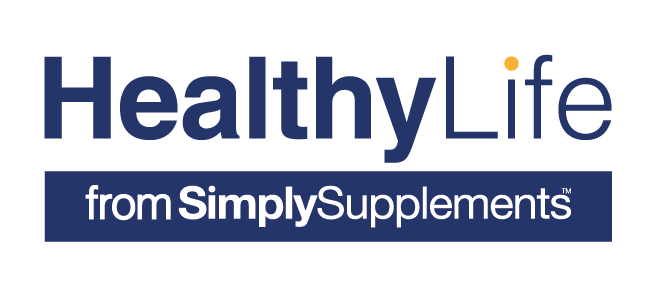
 Matt
Matt 
